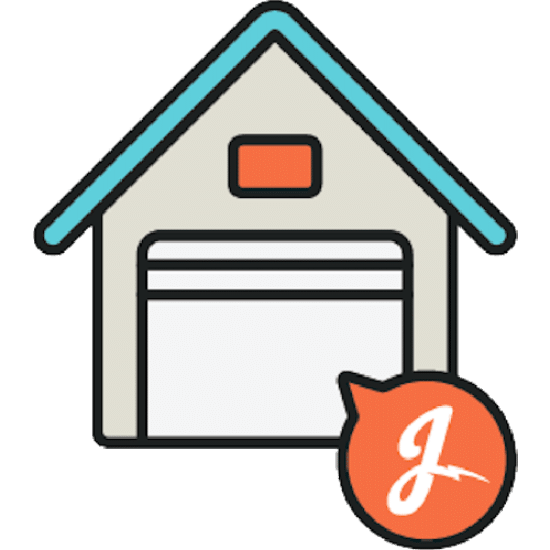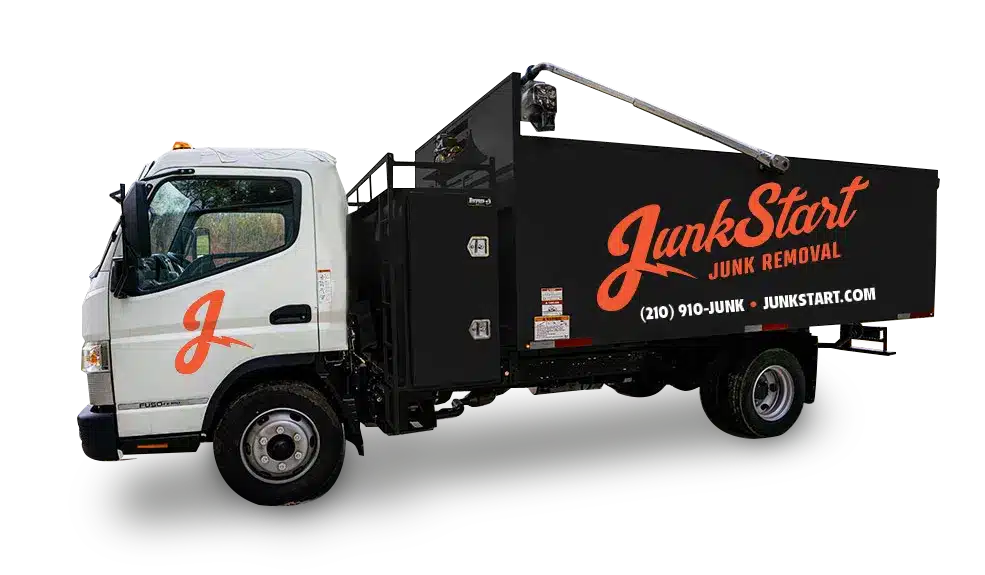San Antonio Hoarding Cleanouts Conducted With Respect
When it comes to clutter in your home, many people often wonder if hoarding and clutter from stockpiling are the same. While both involve the accumulation of items, the underlying causes and consequences are quite different.
In this blog, JunkStart Junk Removal dives into clutter vs. hoarding. We share how San Antonio junk removal services like hoarding cleanouts can help when it becomes overwhelming.
Hoarding vs. Stockpiling: What’s The Difference?
The difference comes down to intent: hoarding is an emotional issue while stockpiling is typically a practical or logistical choice.
The Intricacies Of Hoarding Behaviors
Hoarding is a compulsive behavior where individuals accumulate items to the point where it interferes with their daily living conditions.
It’s typically characterized by significant emotional attachment to possessions and a severe difficulty in letting go of items, even if they are not of practical use. Hoarding often leads to unsanitary living conditions and can negatively impact mental health.
Rational And Irrational Stockpiling
Stockpiling refers to gathering large quantities of items, but typically for future use. Rational stockpiling is a deliberate and thoughtful accumulation of necessary supplies in preparation for emergencies. This type of gathering is planned based on anticipated needs. It typically includes essential items like non-perishable food, water and medical supplies.
Irrational stockpiling often arises from panic buying or fear-driven behavior. It’s characterized by the excessive accumulation of goods without a clear need or plan. This behavior is often influenced by social pressures or sudden fears of shortages.
Hoarding vs. Messy Habits: How Are They Different?
While both hoarding and being messy might involve disorganization, they are not the same.
The Toll Of Hoarding Disorders
Hoarders struggle to part with possessions, even if they are not functional or needed. The items accumulated can often fill entire rooms, making it difficult to navigate and even compromising the home’s structural integrity. Hoarding can also lead to feelings of anxiety or distress when trying to clean up or get rid of anything.
A few commonly hoarded items can include:
- Books
- Newspapers, magazines and leaflets
- Receipts and bills
- Junk mail
- Household supplies
- Old clothing
While cluttered homes can be cleaned with a good effort, hoarding cleanouts often require professional assistance due to the severity and emotional attachment involved.
Distinguishing General Clutter
Messy individuals may leave things lying around but are usually able to clean up and organize when needed. The clutter is more of a temporary state and doesn’t affect their daily living or mental health in the same way.
Signs Of A Hoarding Condition
Hoarding is more than just disorganization. It’s a condition that affects physical and mental health. Here are some signs that indicate someone may be dealing with hoarding rather than just a messy home:
- Compulsive accumulation — Difficulty discarding items, regardless of their value
- Extreme disorganization — Rooms, hallways and bathrooms are cluttered with items, obstructing movement and functionality.
- Health risks — Mold, pests and fire hazards can develop from the clutter, blocking exits or interfering with utilities.
- Emotional attachment — The items collected often hold significant emotional value, making it harder to let go of them.
If you or someone you know is struggling with hoarding, consider professional hoarding cleanouts to address the issue safely and effectively.
Trust JunkStart For Respectful Hoarding Cleanout Services
If you find that the situation has grown beyond your ability to control, seeking help from a junk removal company like JunkStart can be a great step toward regaining control of your home.
Many people find that once they clear out the clutter, they experience a renewed sense of peace and organization in their lives. With the right help and proper steps, it’s possible to reclaim living spaces and improve mental health.
Understanding The Difference Can Help You Take Action
To summarize, hoarding vs. messy habits isn’t about the amount of items — it’s about the emotional toll and the potential danger to health and well-being.
Hoarding cleanouts are an essential service for those struggling with this condition, and understanding the difference between hoarding, stockpiling and simple clutter can help you or someone you know take the right steps to address it. Trust JunkStart Junk Removal for hoarding cleanout services that are effective, respectful and move at your pace.








